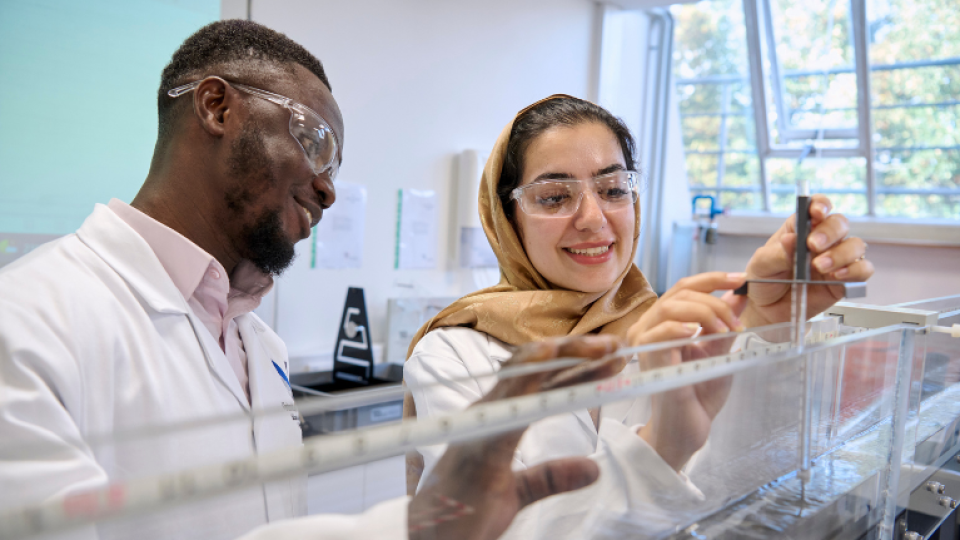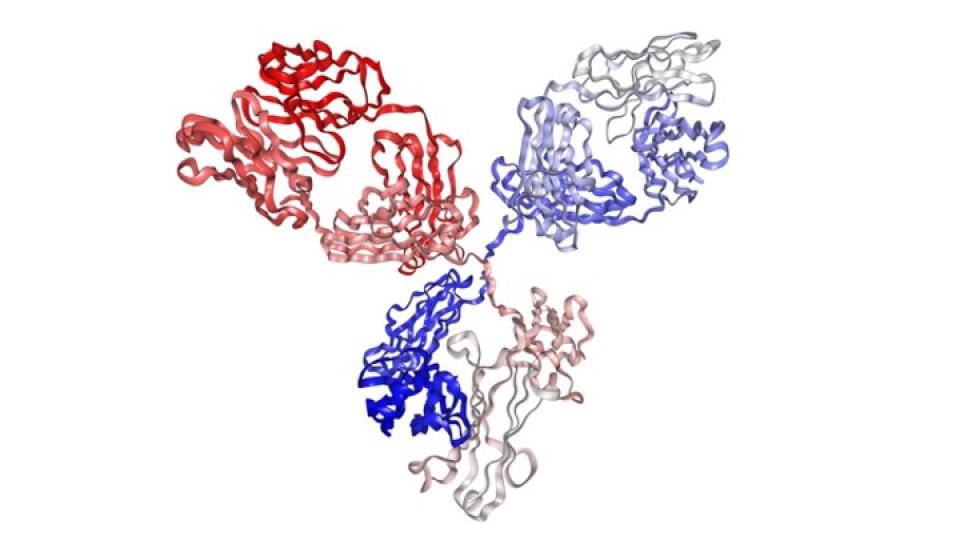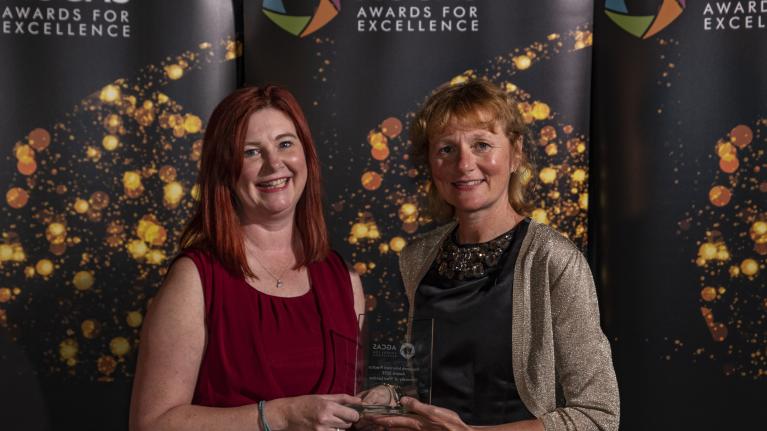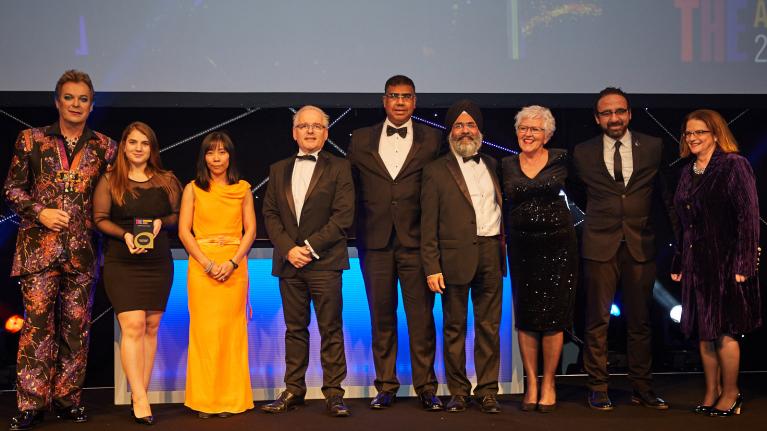
Cutting-edge UWL cross-faculty collaborative project to tackle retinal degeneration wins funding from the Royal Society
body
UWL Senior Lecturer in Pharmaceutics and founder of the Biotherapeutic Research Group, Dr Hanieh Khalili, has received a prestigious seeding award from the Royal Society to initiate a ground-breaking new project – ‘Artificial Intelligence (AI) aided design of 3D printing of in-situ polymerising collagen for development of cell scaffold for retinal degeneration’.
Diseases affecting the retina are a leading cause of blindness in people over 50, with 65% of all elderly people suffering from them. Hanieh explains:
While antibody-based drugs have revolutionised management of these diseases, they are only effective at an early stage. Later on, the cells no longer respond to treatment and start to die off, so the idea is to replace them with healthy cells.”
This can potentially be achieved through tissue engineering, which allows live cells to be reintroduced behind the eye via a tissue ‘scaffold’, or framework created to hold the cells that can be made using a 3D bioprinter. Developing the scaffold involves optimising parameters such as size and shape, which is where AI and UWL’s School of Computing and Engineering comes in, as UWL Professor Massoud Zolgharni, who is collaborating on the project, explains:
Biotherapeutic drug development
Our research group focuses on the development and formulation of novel antibody-based medicine (biotherapeutics) with application in the treatment of chronic inflammatory diseases.
body
We can use machine learning algorithms to define the optimal parameters for a three-dimensional scaffold.”
Hanieh adds:
Next, we look at cell viability and then, once everything is good you put it into the eye.”
The project’s multidisciplinary team brings together UWL’s Schools of Biomedical Sciences and Computing and Engineering with collaborators at Moorfields Eye Hospital. The project has purchased a 3D bioprinter and put in place a collaboration with the Italian Institute of Technology’s Centre for Life Nano and Neuro Science, which is helping UWL customise its bioprinter for the project.
This has huge potential for impactful translational project and by next year we hope to have enough data to go for a bigger grant to continue developing this technique,”
Hanieh adds.
It is very exciting for UWL to have been awarded a Royal Society grant as these are highly prestigious and competitive. I am delighted to see the Schools of Biomedical Sciences and Computing and Engineering joining together to tackle this major challenge in such an innovative way,”
says UWL Deputy Vice-Chancellor and Provost for Health, Professor Anthony Woodman.
bio
The Royal Society is a Fellowship of many of the world’s most eminent scientists and is the oldest scientific academy in continuous existence. The Society’s fundamental purpose, is to recognise, promote, and support excellence in science and to encourage the development and use of science for the benefit of humanity.
The Society has played a part in some of the most fundamental, significant, and life-changing discoveries in scientific history and Royal Society scientists continue to make outstanding contributions to science in many areas.
Related news
-
UWL lands award for careers support
Using the Forum Theatre approach to practice interview techniques has landed the University of West London (UWL) a prestigious award.
-
UWL celebrates its research community making a real difference to society, science and the economy
From cyber monitoring and artificial intelligence, to monitoring the health of ancient trees, this year’s School of Computing and Engineering Research Showcase highlighted the fascinating topics explored at the University of West London (UWL).
-
UWL scoops two awards at ‘Oscars of Higher Education’
The University of West London (UWL) is celebrating success after winning ‘Business School of the Year’ and ‘Outstanding Financial Performance’ at the prestigious (Times Higher Education) THE Awards - widely referred to as the 'Oscars of higher education'.







